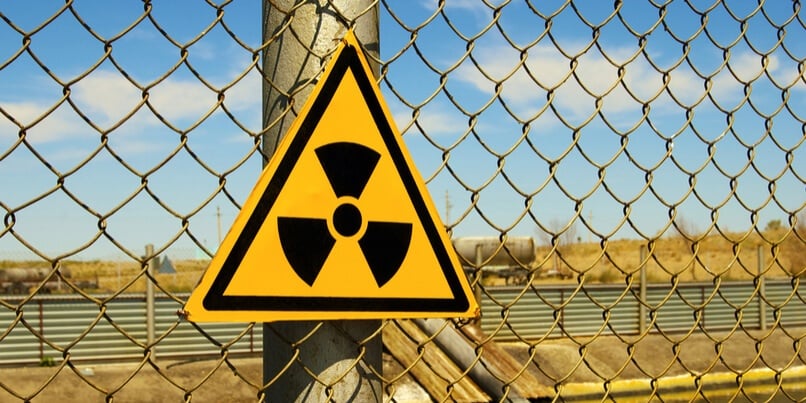 On 1 January 2018, the UK’s Ionizing Radiations Regulations (IRR) 1999 were replaced by the IRR 2017. The regulations establish a clear framework to protect trainees, employees and other personnel from unnecessary exposure to high levels of radiation whether as a result of their duties or during the carrying out of training exercises. The aim is to keep radiation exposure as low as reasonably practicable (ALARP) to ensure that individual dose limits are not exceeded.
On 1 January 2018, the UK’s Ionizing Radiations Regulations (IRR) 1999 were replaced by the IRR 2017. The regulations establish a clear framework to protect trainees, employees and other personnel from unnecessary exposure to high levels of radiation whether as a result of their duties or during the carrying out of training exercises. The aim is to keep radiation exposure as low as reasonably practicable (ALARP) to ensure that individual dose limits are not exceeded.
To this end, electronic radiation simulators can offer significant benefits for radiation safety training, as they provide trainees with the opportunity for first-hand experience in handling detectors in live-incident scenarios, but without any risk of exposure to potentially high levels of radioactivity.
In this blog post we explore the careful compromise that is often required in balancing the goals of radiation safety training with the realities of creating the most life-like scenarios.
The value of simulators for radiation safety training
Replica detectors can prove an invaluable teaching resource as they enable trainees to connect the relationship between the measurements on their survey meter and their own personal dose readings, and to ensure they experience the real-time effects of Time, Distance and Shielding.
Electronic simulators can also have a positive effect on learning outcomes, as trainees can be comfortable to make mistakes (and to learn from them) without any risk of creating a hazard to themselves, the environment or others around them. The use of After Action Review (AAR) also ensures that trainees are aware that they’ve follow clearly defined procedures and that they understand when and why any errors have been made.
While electronic simulators do require significant initial investment, they offer the advantage of cost-saving benefits over time, as they eliminate the high levels of administration and paperwork normally required for the safe transport and handling of live sources and they remove the risk of damage to actual detectors.
The introduction of replica detectors, combined with the use of a simulated source, ensures that trainees learn to understand, interpret and trust the values displayed on their instruments. An equally important consideration too is the exposure of the trainer, as the introduction of electronic simulators in teaching scenarios means there is zero risk of any additional cumulative dose, no matter how many training sessions the instructor is required to oversee.
Striking the right balance
As with any form of simulation used for CBRNe training, there are often compromises that need to be negotiated as instructors strive to strike the balance between what is desired in terms of training outcomes and what is realistically achievable. This is especially applicable for radiation safety training where the large dynamic ranges associated with radiation readings can present very specific challenges when attempting to implement accurate simulations.
Some current methods for example can be very instructor intensive, relying on the need for the trainer to focus their efforts on creating an “effect” rather than on observing and assessing the student's responses.
The simulation of gamma and beta emitters can also present their own unique challenges, as while it is possible to use technology to determine the relative position or distance between a simulation source and a simulation meter, it is a whole other matter to accurately represent other crucial effects such as shielding. In the case of shielding, some level of compromise will almost certainly be required, as the reality is that safe radioactive alternatives will not be subjected to the same level of attenuation (the reduction in force, value or level) as would be the case with an actual radioactive source.
It’s also important to consider the type of scenario you are looking to simulate in your training exercises- whether that be contamination or decontamination of people or surfaces; a fixed source, directional source or isotropic source; single or multiple radionuclides; a mobile source carried by a person or in a vehicle; radioactive fallout due to a plume; the use of a Radiological Dispersion Device (RDD); or specialist improvised/non-improvised weapon scenarios.
Ultimately CBRNe instructors will want to bear in mind what it is they ultimately wish their trainees to experience through the use of simulator technology- with an acceptance that achieving this outcome may mean some compromises in terms of specific physical representations and the availability of budget.
